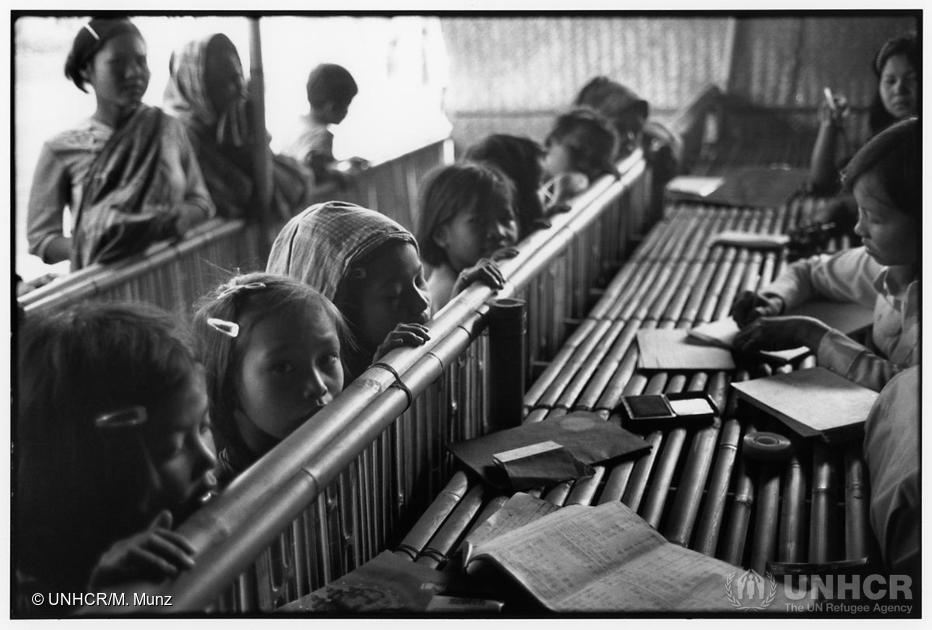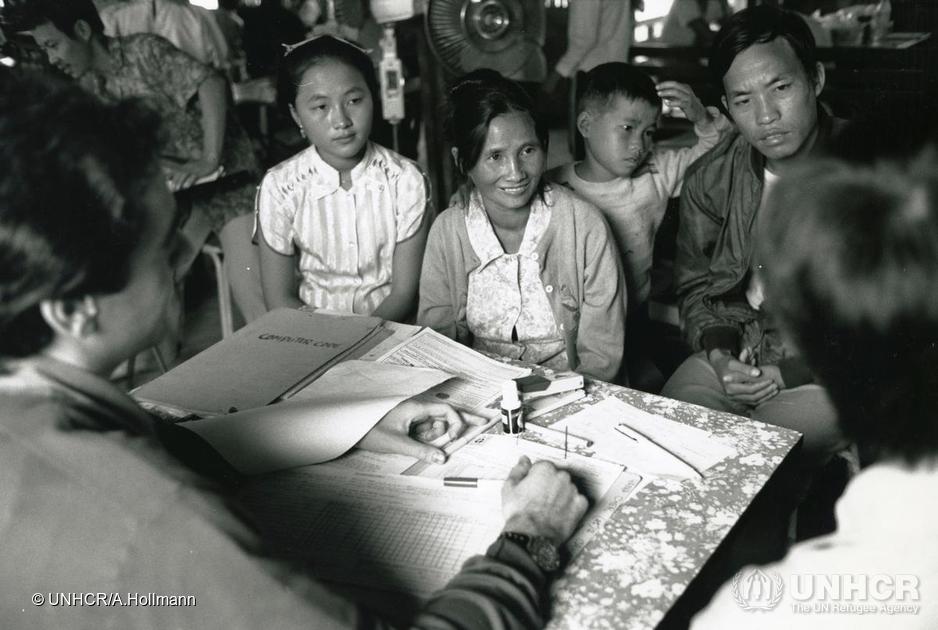Macedonians
The Republic of Macedonia is located on the Balkan Peninsula in south eastern Europe. It is bordered by Serbia and Kosovo to the north, Albania on the west, Greece to the south, and Bulgaria is located on Macedonia's eastern border. In 1992, Macedonia and Bosnia and Herzegovina's declared their independence from the former Socialist Federal Republic of Yugoslavia.
Migration and Settlement
At the turn of the 20th century, one of the largest groups of non-British settlers to arrive in Canada were villagers from the Balkan mountains, then part of the Turkish Empire. These early residents (and their descendants) call themselves Macedonians. They speak Macedonian, a Slavic language, and have their own social and economic institutions including churches, fraternal and self-help organizations, and community-based enterprise, mainly in Metropolitan Toronto and the southern Ontario region.
The majority of Macedonians who migrated to Canada arrived in the aftermath of the Illinden Uprising of 1903 - a heroic but unsuccessful attempt by Macedonians to end Ottoman domination.
An internal group census in 1910 found about 1090 Macedonians in Toronto, principally from the provinces of Kostur (Kastoria) and Lerin (Florina), areas which were once important vilayets of the Ottoman Empire but are now identified as portions of northern Greece. By 1940 readers of various Macedonian political and nationalist almanacs were informed that there were upwards of 1200 families in Toronto.
The exodus of Macedonians from northern Greece was to continue in the aftermath of WWII and the Greek Civil War (1947-49). Immigration from Vardar (formerly Yugoslav) Macedonia and Pirin Macedonia in Bulgaria also began in the postwar period. This exodus gained momentum in the 1960s and continues to the present. Government indices of population are not helpful in determining the size of the community because Macedonians fell under the general heading of those from Turkey, Greece, Serbia (or Yugoslavia) and Bulgaria.
The 2006 Canadian census recorded 37 055 Macedonians in Canada (single- or multiple-group responses). Centered in Metropolitan Toronto, small groups of Macedonians are also found elsewhere in Ontario in Cambridge, Guelph, Hamilton, Kitchener/Waterloo, Markham, Mississauga, Newmarket, Niagara Falls, St Catharines, Thornhill, Thorold and Windsor.
Many early Macedonian immigrants found industrial work in Toronto, either as factory hands or labourers in abattoirs, local sheet metal industries, or iron and steel foundries. From these jobs, they quickly progressed to the ownership of a great number of restaurants, grocery stores and butcher shops. Macedonian entrepreneurs and their descendants eventually employed their numerical strength within the food service industry as a catapult into a variety of larger and more sophisticated ventures. The majority of Macedonians today are employed in the professional, clerical and service sector of the economy.
Social Life and Community
The social life of early Macedonian immigrants revolved around mutual and benevolent societies established on the basis of village or place of origin. Such Macedonian brotherhoods and benevolent organizations such as Zhelevo, Banitsa, Buf, Oshchima and numerous others operating in Toronto became valuable storehouses of comradeship, job information and worksite strategies.
In the postwar period the Macedonian mutual benefit societies and brotherhoods evolved into social and national clubs, playing a role as centres of immigrant culture as members' working conditions and incomes became subsumed under the headings of social insurance and workers' compensation.
Since 1970, Macedonian ethnocommunity group life has grown and now serves a number of special interests and needs. A number of business and professional associations have been established including the Canadian Macedonian Restaurant Co-op, which was founded in 1979; the Canadian Macedonian Business and Professional Association (1992); and the Macedonian Canadian Health Professionals' Association, formerly the Macedonian Canadian Medical Society (1992). Youth and student groups include the Macedonian Association of Canadian Youth, which was founded in 1992; the Ryerson Association of Macedonian Students (1992); and the Association of Macedonian Students at the University of Toronto, which was granted official recognition as a university campus group in 1989.
Religion, Cultural Life and Education
Macedonians belong to the Eastern Orthodox branch of Christianity. They established SS. Cyril and Methody Church in Toronto in 1910. It united immigrants from many different villages into a single religious community.
The early immigrants to Toronto and their descendants founded 2 additional churches that are either under the spiritual jurisdiction of the patriarch in Bulgaria or are part of a Bulgarian diocese within the Orthodox Church in America. They are St. George Macedono-Bulgarian Orthodox Church, which was founded in 1941, and Holy Trinity Macedono-Bulgarian Church, which was founded in 1976.
Postwar arrivals to Canada subsequently founded Macedonian Orthodox parishes under the spiritual jurisdiction of the Metropolitan and Holy Synod of the Macedonian Orthodox Church in Skopje. They are as follows: St Clement of Ohrid, which was founded in Toronto in 1962; St Dimitria of Solun, which was founded in Markham in 1992; St Ilija, which was founded in Mississauga in 1979; St Sunday, which was founded in Ajax in 1993; and St Naum of Ohrid, which is located in Windsor.
The community has also created a number of group newspapers, radio and television programs, folkdance troupes, sporting organizations and historical and literary societies.
Newspapers include Makedonska Tribuna/Macedonian Tribune, the weekly voice of the Macedonian Political (Patriotic since 1952) Organization, which was founded in Indianapolis, Indiana, in 1927; United Macedonians, the quarterly of the United Macedonians of Canada Organization, is published in Markham; and the monthly, Makedonija/Macedonia, was founded in 1984 and is published in Scarborough.
Radio programs include Glas od Makedonija/Voice of Macedonia, Makedonski Svet/Global Macedonia and Makedonski Zrak/Macedonian Ray. Television programs include Makedonska Narodnost/Macedonian Nation and Makedonski Koreni/Macedonian Heritage.
The children of Macedonian immigrants are integrated in the mainstream of Canadian cultural life, and also figure prominently in the professional fields of law, medicine, science and technology, education, sports and recreation, and the arts and entertainment industry.
The Macedonian language belongs to the South Slavic group of languages. Various dialects of the language are spoken and maintained in family homes and the literary language is taught to children in community and school heritage language classes. In the 2006 census, 19 180 people reported Macedonian as their mother tongue (first language learned).

 Share on Facebook
Share on Facebook Share on X
Share on X Share by Email
Share by Email Share on Google Classroom
Share on Google Classroom


